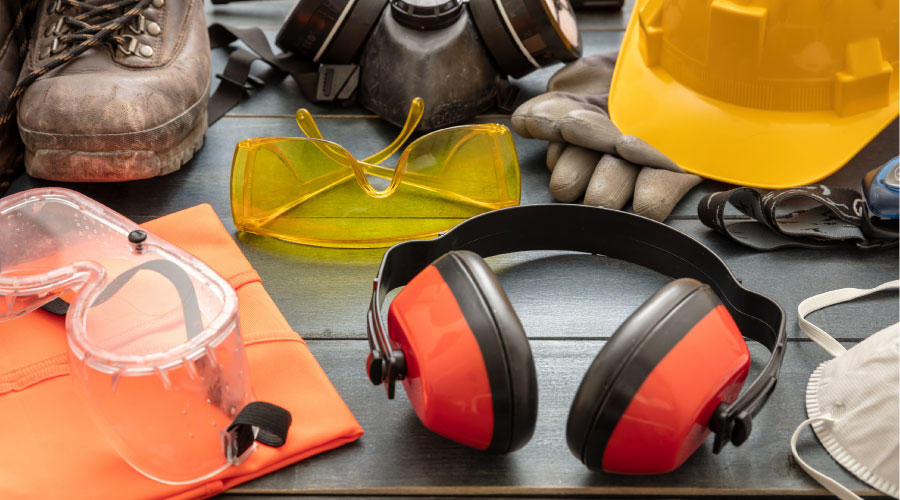The IoT-Resilience Link
Columnist Laurie Gilmer says IoT can help with facility resilience, safety and security
When my nephew got his first smartphone, he downloaded a beverage app that made his screen look like a full glass of liquid. So when he tilted his phone as if to take a drink, the app would drain the glass down. He was 10 years old and to him, this app was hilarious.
In 2008, if there wasn’t an app for something, there soon would be. Apps were fun and sometimes useful, and they introduced us to a whole new way to connect – social media, games, music, weather. Non-entertainment-based companies were getting into the game as well, launching apps to engage people with their services.
Fast forward to today, and the world is connected. It is highly connected, in fact. Since 2014, we have broadly acknowledged the Internet of Things, which is fondly shorthanded to IoT, embracing into our everyday cultural experience.
We are now at a point where it is no longer exciting for companies to simply have a digital way for us to integrate with them. It is expected.
The world of facility management offers countless examples of this connectivity: monitoring building energy consumption, controlling energy use, monitoring equipment condition, monitoring fire and life safety devices, controlling building access, communicating safety and security messages, and the list goes on.
Now, maintenance and engineering managers pull up this information not just on work computers, but also on remote devices that include laptops, tablets, and cell phones. It is much easier to get information that it ever has been before.
Spotlight on resilience
From a business resilience perspective, connectedness can be a great thing. I saw its benefits firsthand last year, but the story starts before that. Several years ago, my team worked on a business continuity plan, which included emergency preparedness, communication protocols, training, and forethought on what we could do to keep moving forward should an event occur.
We thought about the ways we could stay digitally connected, the best ways to reach people, and strategies to keep going and maintain business operations. And then one day, something did happen.
The weather was hot and dry last October, typical for that time of year in Northern California, and the winds were blowing strong. Early on the morning on Oct. 9, 2017, wildfires carried by fast winds moved quickly through Sonoma and Napa counties, destroying populated areas.
It would come to be known as the worst fire season in California history. People were evacuated from their homes in the early morning hours, not knowing if they would have homes and businesses to return to. My Santa Rosa-based team was no exception.
It was almost a week before we received news of any level of fire containment, and it was two weeks before my team could go back to the office building, which had miraculously survived. During that time, we used our IoT connectedness to monitor safety messages from local law enforcement, assess our network status, monitor utility service status, set up remote work areas, and stay in touch with one another. The IoT way of connecting enabled us to stay informed and keep working relatively seamlessly.
Related Topics:













